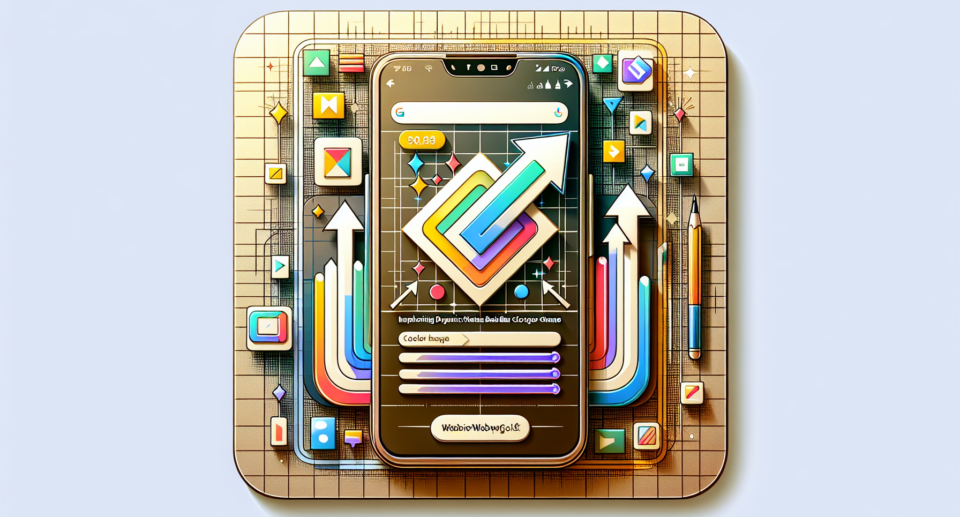Implementing Dynamic Status Bar Color Changes in Android WebView Apps with WebViewGold

Converting websites into fully functional Android apps has never been easier with WebViewGold. This powerful tool simplifies the process of turning your web presence into an app, including advanced features like dynamic status bar color changes that match the theme of your content. Here’s how you can implement this feature seamlessly.
Understanding Status Bar Colors in Android
The status bar is an essential visual element in Android apps, providing users with pertinent information such as battery level, signal strength, and notifications. By default, it inherits the primary color of your app’s theme. However, dynamic apps require more than static design elements. Adjusting the status bar color to complement different sections or themes within your app can significantly enhance user experience.
Why Dynamic Status Bar Colors Matter
Dynamic status bar color changes can:
– Improve visual coherence and branding
– Enhance accessibility by improving contrast where necessary
– Provide a polished and professional look
For example, if your website has different sections with varying color schemes, adjusting the status bar color to match each section can make the transition smoother and visually appealing.
Quick Overview: WebViewGold for Android
WebViewGold offers a straightforward solution to convert your website into an Android app with minimal effort. It’s particularly user-friendly, requiring no coding experience, making it ideal for businesses and developers aiming for a quick turnaround. With WebViewGold, you gain access to various features, including dynamic status bar color changes.
Step-by-Step Guide to Implementing Status Bar Color Changes
1. Set Up Your Project in WebViewGold
First, you need to have your WebViewGold project set up. Follow WebViewGold‘s comprehensive documentation to get your project started. Once you have your basic app running, you can proceed to customize the status bar.
2. Customize the
